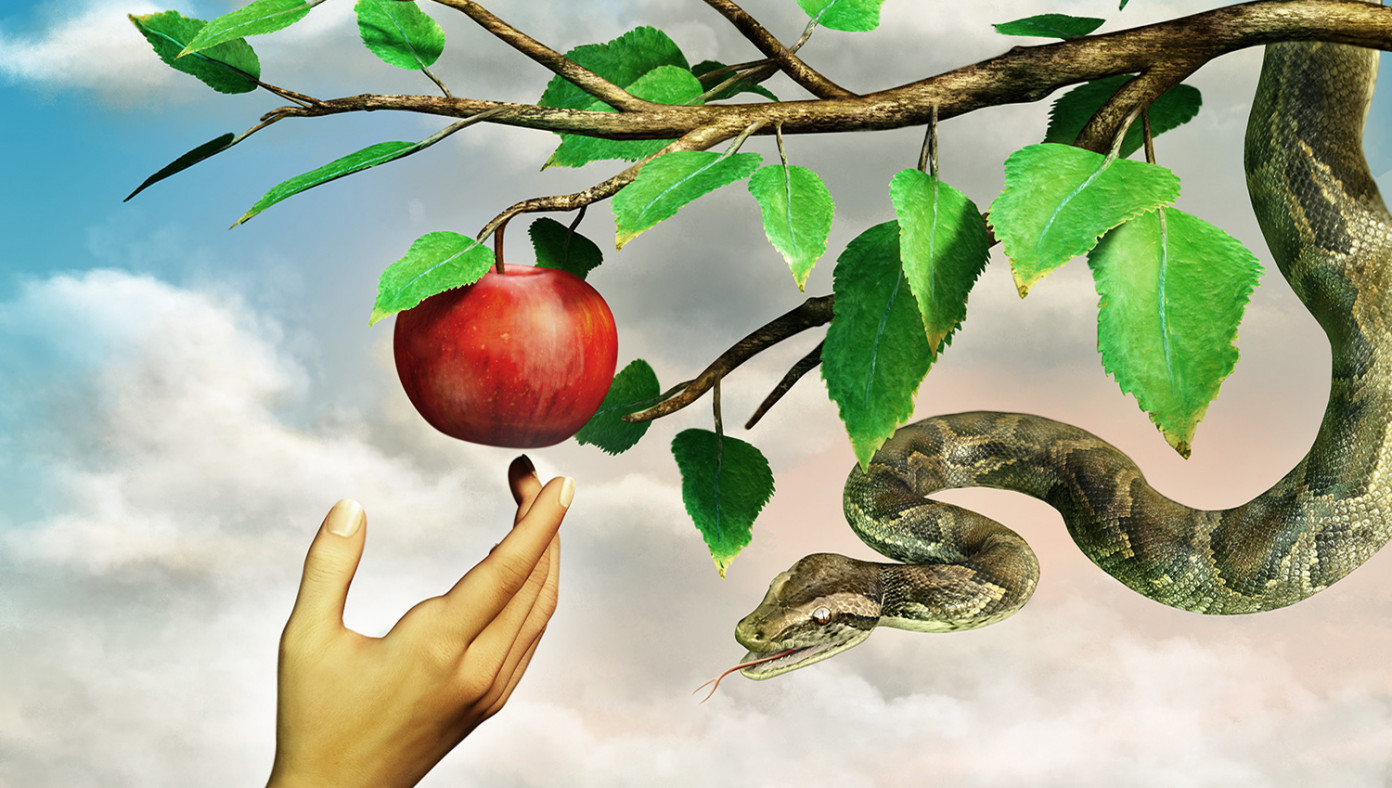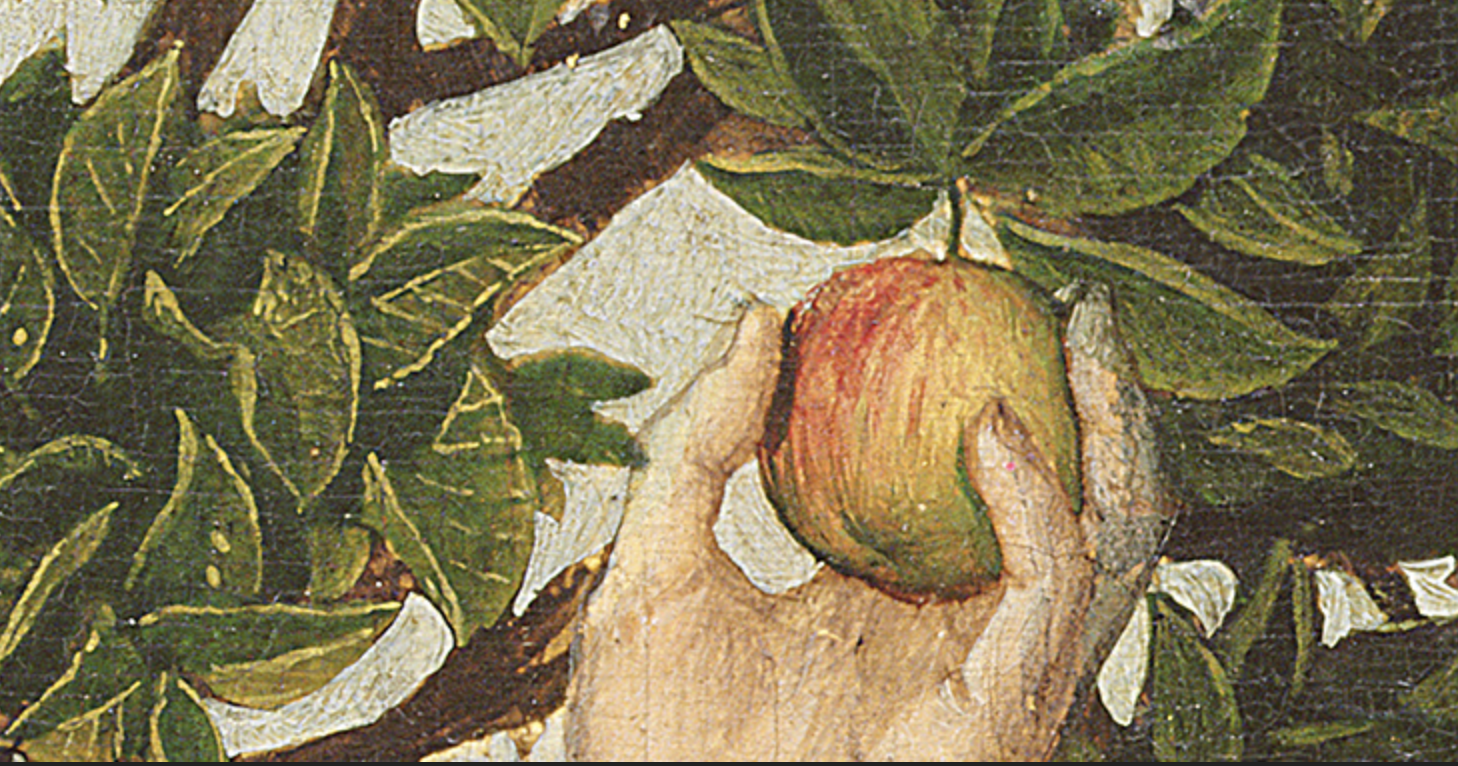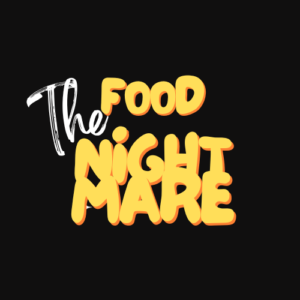Food nightmare
from the eva apple
The story of food is not just a tale of flavors, cultures, and nourishment. It is also a saga marked by risks, dangers, and sometimes, nightmares. From the biblical apple in the Garden of Eden to the complex food safety challenges of the modern world, the journey of food through history is fraught with tales of poisoning, spoilage, and unhealthy practices. In this blog, we'll explore the dark side of our culinary past and present, offering insights into how our relationship with food has not always been a bed of roses (or a basket of fresh fruit).


The Original Sin:
The Apple in Eden
Mythology and Symbolism: The story of Adam, Eve, and the forbidden fruit (often depicted as an apple) from the Tree of Knowledge is one of the earliest examples of food associated with danger and consequence. The apple, in this context, symbolizes the beginning of human awareness of what is safe and what is not in the world of food consumption.
1
Food disease
1
poisoning fish
1
toxic vegetables
1
dangerous fruits
